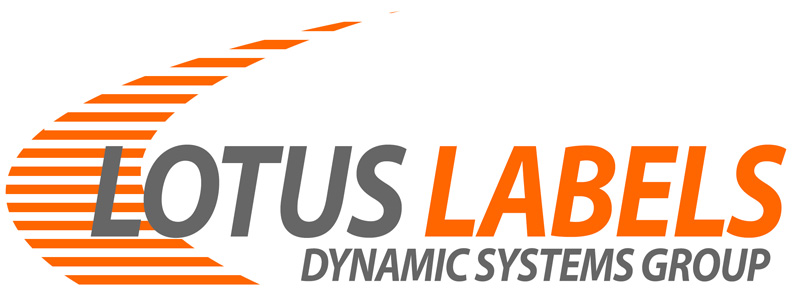Is your brand's packaging as ethical and eco-friendly as it could be?
Research has shown that consumers increasingly look closely at the eco-friendliness of packaging. Even if this isn’t the most crucial factor in their buying decision, they are likely to feel more positively inclined towards a product if it has green packaging and labelling credentials. Biodegradable and recyclable labels are two of the main ways your brand can transform the overall eco-friendliness of packaging – which is worth telling your customers and stakeholders about it.
What are ethical brands?
Ethical brands are transparent about their business practices and their environmental status and aspirations. It should be all based on straightforward messaging and the avoidance of greenwashing.
The stronger the eco-message about your product, the better! But that’s not where it stops…
What about the materials your packaging is made from? Using a paper label that is made from pulp from virgin forests isn’t a bad thing if the forest is sustainably managed, i.e. a new tree or trees are planted to replace the ones removed for the paper-making process. These materials are certified via an organisation such as the FSC and that should feature on the label. At Lotus Labels all of our sourced paper facestock will carry an appropriate certification. Film materials made from 100% recycled resources extend the life of raw materials. This undoubtedly improves the eco messaging related to films.
Why does ethical labelling matter?
In a world of heightened consumer awareness, it is more important than ever for brands to make sure their packaging is sustainable and eco-friendly. Not only is it the right thing to do, but it can also give your brand a competitive edge. Consumers want to buy from companies that share their aspirations. Neglecting this could mean missing out on customers.
Here are some ways you can create an environmentally friendly product:
1) Use materials that have a lower carbon footprint, are made from a biodegradable material or have compostable qualities where the material and any adhesive used will decompose naturally or simply use recycled materials – and if it can be recycled again. Even better!
2) Reduce the amount of plastic being used in labelling and outer product packaging by switching to recycled or recyclable materials. Depending on the product this is not always possible but it might be worth a try.
3) Facilitate the reuse or recycling of materials before they reach the end of their life cycle
What do you need to consider for your labelling when starting an ethical company or brand?
Many brands have adopted ethical and eco-friendly practices. However, there is still much room for improvement. When embarking on an ethical company or brand mission, there are a few things one needs to bear in mind to ensure that packaging actually delivers what it promises. The matching of label and product container is paramount. The rule is to stick to the same or similar materials rather than mix and match. Recycling plants can only do that much to separate different substrates. Composite material constructions that are built from different substrates remain challenging. There are workarounds and we can advise. The whole subject is exceedingly complex when considering consumer interaction with the product, packaging functionality, presentation quality, product protection and finally the end users’ expectations. For the sake of brand credibility, we think it is very worthwhile to make a special effort and find a balanced solution.
Once eco aspects take centre stage in the product design stage, the rest should fall into place.
How can you make your brand’s packaging more sustainable and eco-friendly?
Choosing recycled materials in packaging is an important first step but compostable and biodegradable options also exist. Imagine materials that will break down biologically and disintegrate over a short time into harmless components. Such options are available right now. Imagine using printing methods that have no detrimental effect on compostability: highest possible quality metallic print with ultra-thin decorative metals, 6,000 times thinner than a human hair. To put this into perspective, the amount of aluminium used to produce a typical coffee capsule would decorate the equivalent of five five parking spaces if used as a transfer material.
If you talk to us at the design stage, we can point you in the right direction, be it transfer print methods or low-impact dry toner printing.
Every day we speak to businesses who are on a journey with their product sustainability, some at the beginning and some taking steps to improve their existing options. If you are on the same journey to sustainability and would like advice or assistance we are here to help. Contact us and see if we can help your project

